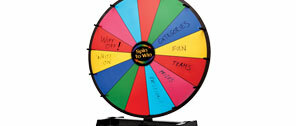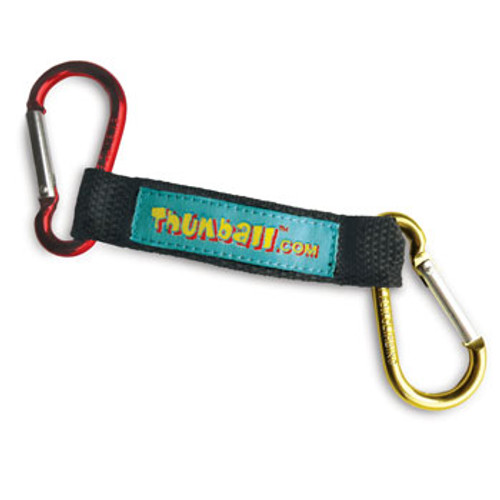Look under your thumb and share! Diversity Thumball is a playful tool for serious discussions.
We live in a diverse world. Some differences are visible, like skin color, gender, height or weight, physical challenges, and age. Others may not be visually apparent, but still affect how individuals feel or are treated: ethnicity, socio-economic position, sexual orientation, virginity, use or non-use of alcohol, allergies, intellect, depression, and other emotional diseases.
The Diversity Thumball tackles a difficult topic with smarts and sensitivity. Thumball™ is a soft 6" stuffed vinyl ball that looks like a cool soccer ball and has 32 panels pre-printed with questions suited for adults and teens. Safely toss it around in a group and ask participants to share their reaction to whatever prompt lies under their thumb.
DIVERSITY THUMBALL PROMPTS
Explore the topic of diversity by chatting about these topics:
- Sources of your attitudes towards people unlike yourself
- Experiences in which you felt like an outsider or shared an unpopular idea
- Important aspects of your identity that feel important
- Origins and experiences with prejudice
- Ways to combat discrimination and make others feel included
- Bias based on gender, disabilities, age, race, sexual identity...
©Trainers Warehouse – Trainers Warehouse holds the copyright for this set of questions. Reproductions cannot be made without express approval.
[NOTE: Silver Series Conversation Prompts are available as Thumballs, UNZiP-IT! Pocket & Deck, and Virtual/Remote PPT.]
FACILITATION TIP 1: EXPLAIN & SET GOALS
Introduce the activity by explaining: "We live in a diverse world. Some differences are visible, like skin color, gender, height or weight, physical challenges, and age. Others may not be visually apparent, but still affect how individuals feel or are treated: ethnicity, socio-economic position, sexual orientation, addictions, abstinence, allergies, intellect, depression or other emotional disorders, etc. The goal is to understand each other better and start a dialogue."
FACILITATION TIP 2: SET GROUND RULES
Explain that conversations about diversity and bias can be emotionally charged. The goal is to share our experiences of feeling different or excluded and identify ways to create a more welcoming, diverse and compassionate community. So that everyone can feel safe, have the group set up their own Ground Rules. Here are some that you might want on the list:
- Only one person speaks at a time
- Speak only for yourself; use “I” statements
- No personal attacks – critique ideas, not people
- Agree to disagree; disagree without being disagreeable
- Listen – make sure everyone feels heard and validated
- Be positive and non-judgmental; open to new ideas
FACILITATION TIP 3: IF CONVERSATIONS GET STICKY
Expert diversity facilitators suggest these techniques to ease difficult or emotional situations:
- Pause the conversation so you can review the ground rules with the group.
- As the facilitator, share how an experience made you feel.
- Ask others how an experience made them feel.
- If two parties disagree, suggest that they switch roles and make the counter argument.
- Keep a flip chart of difficult topics that can be addressed later.
- Allow attendees to volunteer their participation as they feel comfortable.
- Ask others for input on how they have handled similar situations.
- Be ready to share some of your own personal stories.
- Take a break. Stop for a while and regroup.
- Thank participants for sharing their personal stories.
FACILITATION TIP 4: MAKE IT YOUR OWN!
Have a look at all the discussion prompts. If you're not perfectly comfortable with all of them, feel free to pick and choose your favorites and write them onto a Create-Your-Own-Thumball so they suit your needs 100%.
That's what Miguel did and then he wrote to tell us how it went:
“Our government client, who sat and watched our facilitation, was utterly impressed with the kinds of deep conversations the ball prompted. He admitted, ‘I wasn't really sure what you guys were going to do with that ball, and I must say it went pretty darn great'. It's a beautiful training tool. Thank you, again.”
NOTE: This ball is part of Trainers Warehouse's exclusive Silver Series Thumballs.
MORE RESOURCES
- All about Silver Series Thumballs
- Tips & Suggestion on Facilitating Thumball Experiences
- How Deep to Discuss
- 7 Tips to formulate great questions
- More tools for great conversations
- Discover Your Thumball Style
- How Deep to Discuss Infographic
- Ground Rules Signs
- Tips for facilitating difficult situations




















































